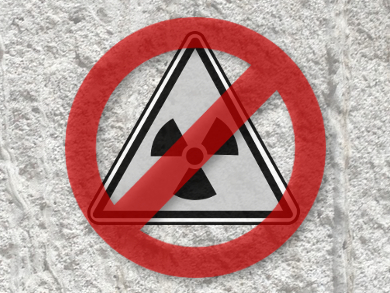Ettringite, a rare mineral, is often assumed to play a key role in the immobilization of radionuclides, arsenates, selenates, and other components of hazardous wastes in Portland cement. A non-natural analog of ettringite forms during the early stages of cement hydration.
In deep hot mines and nuclear waste repositories, temperatures can easily exceed 60 °C, and wastes containing radionuclides can generate peak temperatures in excess of 180 °C. However, ettringite is known to decompose above 120 °C. Because trapped foreign species are contained in channels within the main crystal structure, decomposition could release them into the surrounding matrix.
Amalia Jimenez and Manuel Prieto, Universidad de Oviedo, Spain, performed a thermal analysis of natural and synthetic ettringite specimens at temperatures between 40 and 60 °C. They found that ettringite (Ca6Al2(SO4)3(OH)12 · 26 H2O) dehydrates and decomposes in two stages to form an amorphous aluminum-containing phase and two poorly crystalline calcium sulfate phases with different degrees of hydration. The initial transformation occurs at 40 °C. This observation casts doubt on the utility of ettringite as a host phase for immobilizing hazardous materials.
- Thermal Stability of Ettringite Exposed to Atmosphere: Implications for the Uptake of Harmful Ions by Cement,
Amalia Jiménez, Manuel Prieto,
Environ. Sci. Technol. 2015.
DOI: 10.1021/acs.est.5b00536




